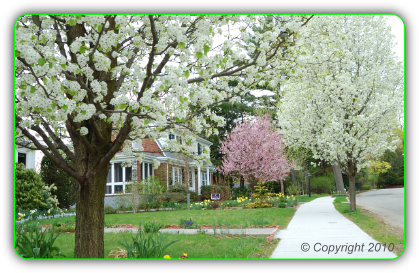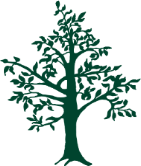|
1. Finger-prune new trunk sprouts when you see them
Trees sometimes send out new leafy growth directly from the trunk. These sprouts take energy from the tree that the tree instead could be investing in healthy top growth. If the sprouts are allowed to grow they will eventually get in pedestrians' way and may be torn off, rather than cleanly removed. Torn breaks are routes for infection into a tree.
Trunk sprouts can easily be removed by hand while they are still young and tender. The older they are, the more difficult they will be to remove cleanly without a sharp tool. So help a street tree by snapping off new trunk sprouts cleanly with your fingers when you see them.
|









